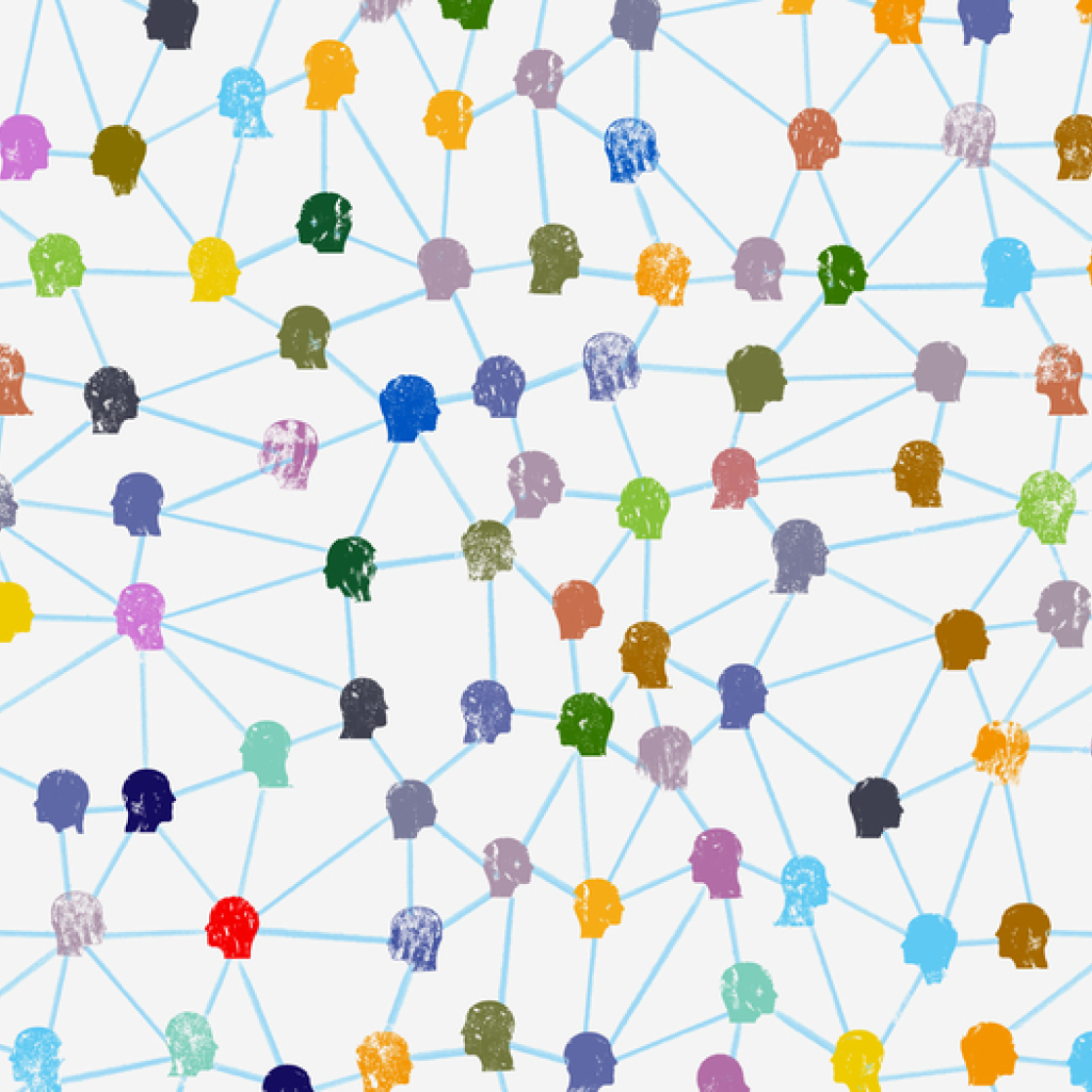Data is the New Gold
The Data Revolution: Transforming Industries and Creating New Possibilities.

We live in an increasingly information-driven world. From the weather forecast, to the recommended items in your online shopping cart, we’re surrounded by an unprecedented amount of information—right at our fingertips.
When that information is gathered together, we get data. And in the digital world, data is quickly reigning supreme. When businesses collect and analyze data, they unlock valuable insights to drive innovation, make better decisions, and adapt faster than ever.
The sheer potential has skyrocketed data into one of the most valuable assets in the world, joining the ranks of gold and oil.
What is Data?
Put simply, data is a collection or set of raw information. That information can come in many forms, often categorized as structured and unstructured data.
- Structured data: Information that’s easily organized, such as phone numbers, email, sales data, and more.
- Unstructured data: Information that’s more difficult to parse out, such as open-ended text or multimedia content.
When the information is processed and organized, it can highlight trends or insights that provide value to the end user.
While we often associate data with new technology, we’ve actually been collecting data for centuries. Data has always been a part of human civilization. When ancient civilizations marked tallies on the wall—that’s collecting data. Even if we hit fast forward, data-driven companies like credit bureaus have existed in the modern world for decades.
That being said, it’s the invention of computers, the dot com boom, and the introduction of the cloud, that has made data what it is today. Technological advancements have made it possible for companies to directly collect their own data and process it at scale. Data has become more accessible and relevant to more stakeholders.

What Makes Data the New Gold?
We know data holds a wealth of information—that data is valuable is undeniable.
A study found that 99% of firms are investing in data and AI, with over 62% of firms surveyed reporting investments of greater than $50 million. This means that around the world, billions of dollars are being invested in data and the technology used to harness its power.
So as companies continue to invest heavily into this precious resource, it’s worth asking: does data really stack up to gold? Well, let’s talk about it.
Data is everywhere
Unlike many things that we would traditionally perceive as valuable, data is all around us.
Take gold, or even oil, for example. They’re precious resources because they are finite. Theoretically, we can mine more of it, but it’s costly and there is only so much of it that still exists beneath the surface.
Yet with data, there’s more of it being produced by the second. From your latest Google search to your driving patterns, data is being collected everywhere—whether you like it or not. Just Google, Amazon, Microsoft, and Facebook alone store an estimated 1,200 petabytes, and that amount only continues to grow. (For reference, a single petabyte is 1 million gigabytes.)
So unlike precious metals, data is essentially an infinite resource. So what’s all the fuss about?
What’s important to understand is that the value in data isn’t its rarity—the value is the potential and what we’re able to do with it.
Carving Out the Path to Potential
The amount of data in the world continues to grow. Most people recognize the importance, so we’re constantly collecting it. Some of it is being collected on auto-pilot in the background of our favorite apps and websites. And some of it we’re collecting more intentionally through research or even observation.
In fact, the world probably has more data than we know what to do with.
But unstructured (or even structured) data that sits around doesn’t bring much value to anyone, it’s just raw material. It’s only when we’re able to process and interpret that data that it becomes usable.
The value of data is in the potential information that can be extracted from it—and the behavior change and revenue-driving decisions that follow.
But it’s not just the data-driven tech industry that’s profiting off data. McKinsey found that big data could help retailers increase their operating margins by as much as 60%. Businesses across all industries can use the information to improve business strategies and decision-making.
Some examples include:
- Analyzing customer data to personalize marketing and products
- Reviewing historical data to forecast future trends
- Using performance data to improve efficiency and optimize resourcing
- Creating new revenue streams by collecting compelling data
Realistically, when it comes to data, we’re only getting started. We can only begin to imagine the possibilities as data becomes an even bigger part of our digital world.
Turns Out, You Can Put a Price on it
According to Statista, the market value of big data analytics in the US is going to be over $650 billion by 2029. That’s a 170% increase in less than a decade.
Despite being completely intangible, data has become a hot commodity in the global digital economy.
But not all data is equal. It’s why, despite the demand, we don’t see data being priced on the open market.
The price of data can vary significantly depending on the quality and even the demographic. Data is still subject to the basic principles of supply and demand. For example, there are more women than men in the world, so the value of data for men is slightly higher.
The type of data matters too. Take marketing for example, contact information is often much more valuable than location or demographic data, because it can be directly used to market products and attributed to revenue. A user’s email address has historically been worth up to $89.
Much of the data used by companies is collected internally. But understanding the potential in data, they are increasingly looking to build on the data that they already own. Companies like Meta and Google built entire models and revenue streams off of collecting and selling data to other companies and third parties.
It’s not even just the data itself that’s worth its weight in gold. McDonald’s spent $300 million in 2019 to acquire Dynamic Yield’s data and decision logic technology. And that’s just the tools to help make sense of it all.
Fueling artificial intelligence
AI and machine learning may be one of the biggest trends of 2023—or at least one of the most discussed.
But what fuels AI? Data.
Even mainstream, generative AI like ChatGPT or Dall-E 2, harnesses the power of data to help improve its own algorithms and decision-making skills. AI is trained on data sets and then is able to apply those learnings to new data.
But AI doesn’t just help us write or generate pretty pictures. Machine learning algorithms play a vital role in big data to get accurate and efficient insights. But it can only do this when it has enough data to learn from and make better decisions, meaning data and AI are closely intertwined.
And with the AI market size expected to hit over US$1,591 billion in 2030, it’s only growing. We’ll only need more data to maximize its potential and leverage it to foster better data insights.
That being said, AI doesn’t negate the need for workers who are skilled in the areas of data.
Demand for Data Skills is Outpacing Data Fluency
There’s no question about it—data is becoming an increasingly important part of our everyday lives. Businesses are leveraging data for everything from customer service to pricing models and even employee hiring.
So much data is being collected, but only a fraction of individuals know how to manage it. A World Economic Forum report found that data science roles are some of the highest in-demand roles in the labor market—despite being a small part of the workforce.
With companies investing heavily in collecting data, they’re finding themselves without the resources to make it actionable. It’s like sitting in a gold mine that you’re unable to extract from the ground.
As of 2016, 90% of all the data in the world was created within the previous two years. And we’re only creating data faster today. The world is expected to create 118 zettabytes of data—or 118 million petabytes—in 2023, and 463 zettabytes per day by 2025.
The demand for individuals who can make sense of the data is simply outpacing the number of people who have the skills necessary to do the job. So the value isn’t just in the data. It’s also in the individuals who are able to mine it (and do it well).
In the U.S. alone, 1.5 million more data-savvy managers are needed to take advantage of big data. And that only accounts for the skills we know we need today. This is a major skills gap that needs to be filled by data specialists including:
- Data Scientists who create the models and tools necessary to make the most out of data
- Data Analysts who take existing data and identify trends that can help companies solve problems and make better decisions
- Cyber Analysts who protect organizations from cyberattacks and identify vulnerabilities.
Those are only the skills and roles that we know of today. The world of data is constantly evolving. And as technology continues to advance, it’s likely that there’s a whole untapped world of data that we’ve yet to explore.
From insights to career paths, the future of data looks promising—it’s likely we’ve only just begun to scratch the surface.






